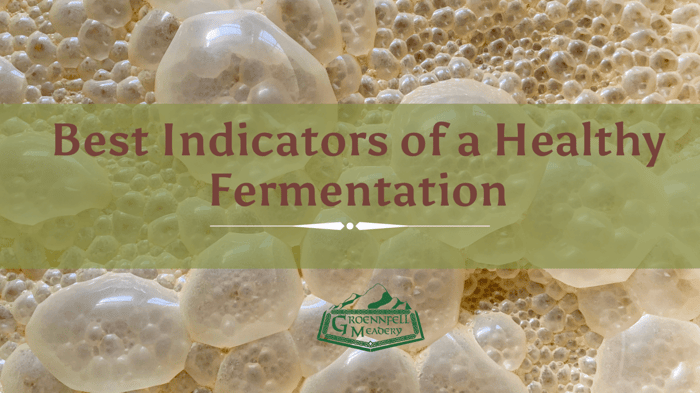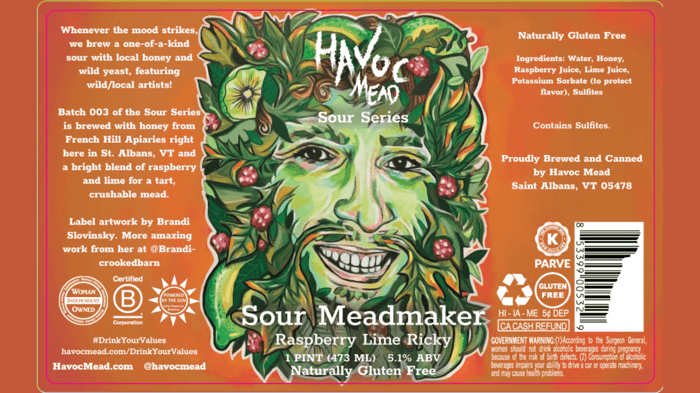Heggir is a simple recipe, but can be a bit challenging to brew. Getting a dry mead that retains the rich character of the honey while also approaching 16% abv takes more attention and ongoing effort than most of the other meads we have clone recipes for.
Heggir Mead Clone Recipe
5 Gallon/19L
OG = 1.112 (yes, you read that right)
FG = 1.002
ABV = 13.4% abv.
Ingredients:
- 14 lbs Raw Wildflower Honey
- 4 Gallons Water
- 1/2 Gallon Cherry Juice
- 1 oz. Wyeast Wine Yeast Nutrient
- 5 packets Lalvin D-47 yeast
- 5 packets Lalvin DV-10 yeast
- 2 oz Cherry wood
- Distiller's Yeast (if you want to try it)
Before getting into the directions, the first thing you might notice is that there's no sulfites listed. With a mead of this alcohol content and complexity, we highly recommend that you allow the wild yeast to participate in the fermentation. The cultivated yeast you add will perform the bulk of the fermentation, but the wild yeast will bring a lot of complexity.
Some level of temperature control is very helpful for higher gravity batches. A consistent fermentation temperature above 80°F and below 90°F will provide a nice, clean fermentation without stalling.
The fermentation usually completes with only D-47 and DV-10 if you get your timing right, but it's nice to have a backup like a distiller's strain if you care about hitting that target final gravity.
Note: If using distiller's yeast, do not add it until the gravity is below 1.020!
Recipe:
- Combine the honey, cherry juice, water, and yeast nutrient around 96-102°F (39°C)
- Wait until the temperature has dropped to 86°F (30°C)
- Add the D-47 Yeast following the hydration instructions on the package
- Twice daily shake your bucket to knock CO2 out of solution and rouse the yeast back up until the gravity is around 1.032. Depending on your fermentation conditions, this can take anywhere from 5 to 20 days.
- Add the DV-10 as per the instructions
- Continue monitoring the fermentation and temperature. If you are going to use distiller's yeast, add it while there's still active fermentation and the gravity has reached 1.012.
- You can add the cherry wood at this point or wait until you've racked it.
- Allow to finish and rest on the yeast for at least one week.
- Rack and degas. (This is the process of removing all the bubbles that stay in solution after fermentation.)
- Rack and bottle or keg whenever you feel it's ready.
Some folks like their strong meads a little sweeter. If this is the case, you can allow the D-47 to run to completion and leave out the other yeast. We highly recommend that you sulfite and sorbate your mead if it's going to have substantial residual sweetness.
There are also options to batch/bottle pasteurize, but if that's your thing, you probably already know how to do it!
If you're not feeling sufficiently patient, you can always head over to our online store to grab a bottle while you wait!




